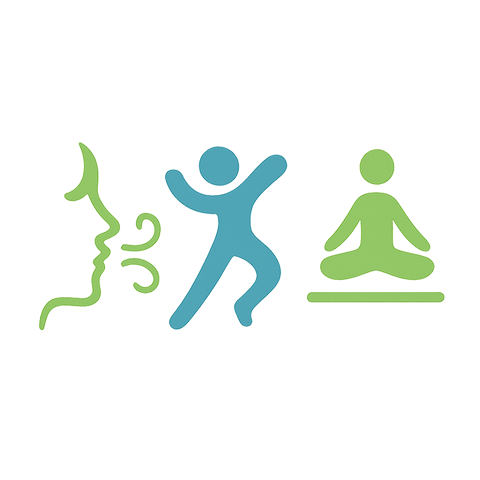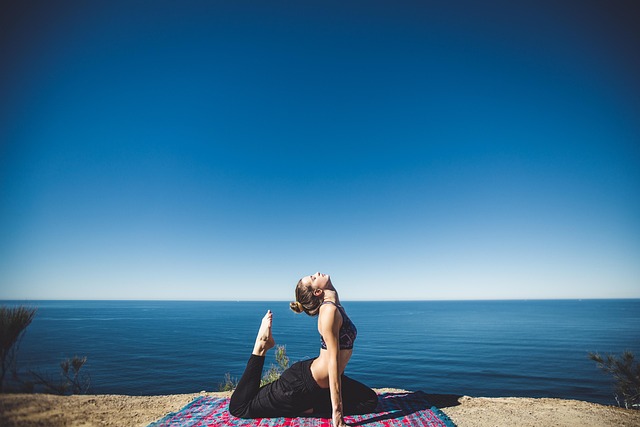In recent years, the fitness community has embraced various forms of physical activity, but one ancient practice is gaining more recognition: Japanese stretching. Rooted in centuries-old traditions, this technique promotes both physical and mental well-being, making it an ideal addition to any fitness routine or training program.
Japanese stretching is not just about flexibility; it’s a holistic approach to body awareness and improved health. Unlike traditional static stretches that often focus on individual muscles, Japanese stretching integrates multiple muscle groups, enhancing overall performance. This method encourages participants to connect their breath with movement, creating a meditative experience that sharpens focus and reduces stress.
Fitness enthusiasts can greatly benefit from incorporating Japanese stretching into their routines. It helps to increase range of motion, making strength training and other physical activities more effective. By improving flexibility, individuals may experience fewer injuries during workouts, allowing for more consistent training sessions. Moreover, this form of stretching can be particularly beneficial for athletes looking to enhance their agility and coordination, as it prepares the body for dynamic movements commonly seen in sports.
For those engaged in regular training, Japanese stretching offers a unique strategy to optimize performance. By integrating stretching sequences that target muscle tightness and imbalances, athletes can recover more efficiently and maintain peak performance throughout their training cycles. This practice also enables individuals to listen to their bodies better, recognizing when to push further or when to take it easy, fostering a deeper connection with their physical selves.
Health is an essential aspect of fitness that often gets overlooked. The practice of Japanese stretching contributes significantly to overall well-being. It helps to improve posture, reducing strain on the body that can lead to chronic pain. Additionally, it stimulates circulation, delivering oxygen and nutrients to muscles while aiding in the removal of toxins. Therefore, those who incorporate these stretching techniques may experience enhanced energy levels and increased vitality in their day-to-day activities.
Participating in community classes or engaging in this practice at home can also serve as a motivational tool. The shared experience of Japanese stretching fosters camaraderie among participants, inspiring individuals to remain active and dedicated to their health goals. Social connections made through group classes or local workshops can enhance accountability and further improve adherence to a fitness routine.
Incorporating Japanese stretching into your daily activities doesn’t require excessive time or equipment. A few minutes of mindful stretching can be done at home, in the office, or even outdoors. This accessibility allows anyone, regardless of their fitness level, to engage in this revitalizing practice, making it an excellent choice for both beginners and experienced athletes alike. Whether you are jumping into a rigorous workout or winding down after a long day, a few stretches can provide benefits that resonate throughout your activities.
In essence, Japanese stretching is more than just an exercise regimen; it is a pathway to enhanced fitness, improved training outcomes, and better health. By embracing this traditional practice, individuals can discover a new dimension to their fitness journey, leading to a more balanced, mindful, and active lifestyle. As you explore the world of stretching, consider the myriad benefits that come with each movement and breathe deeply into a healthier tomorrow.




